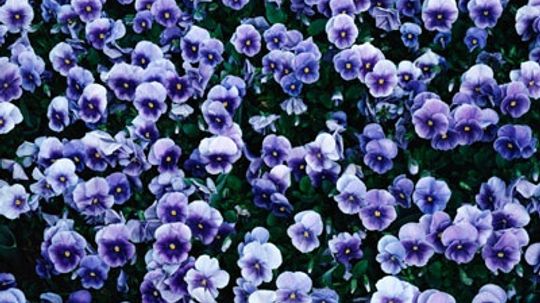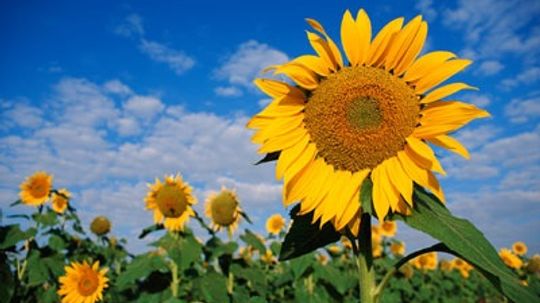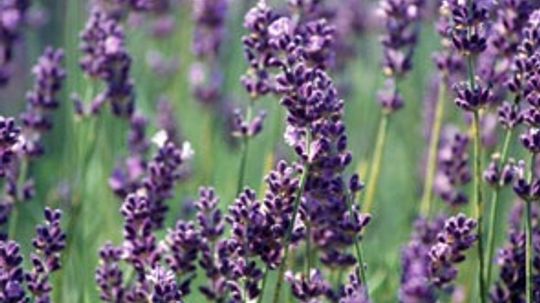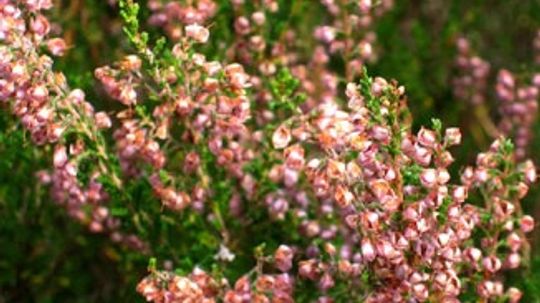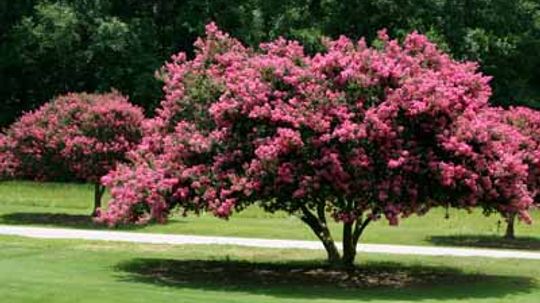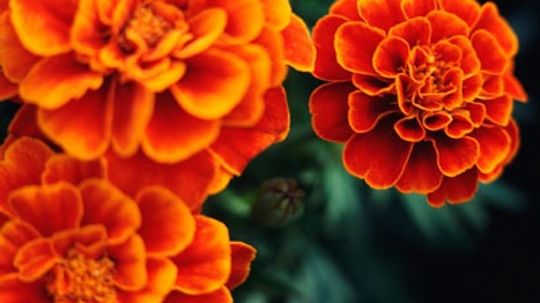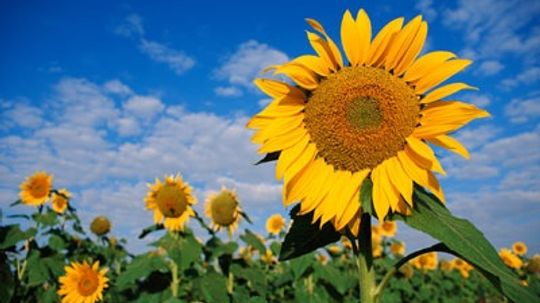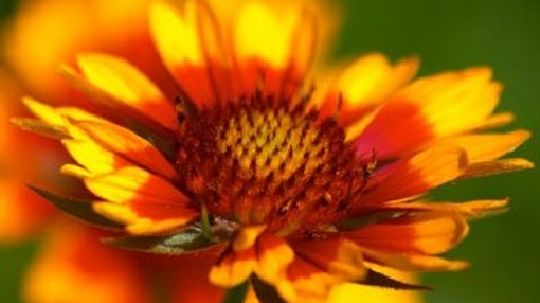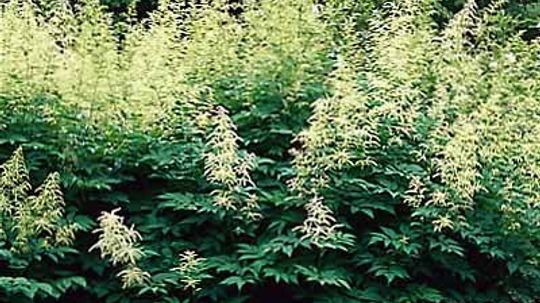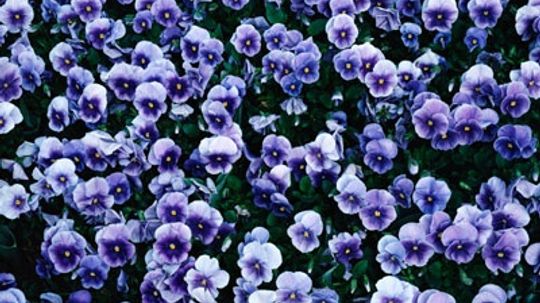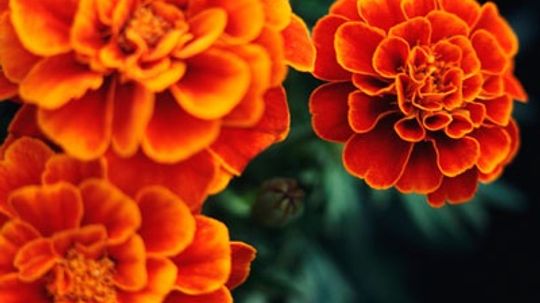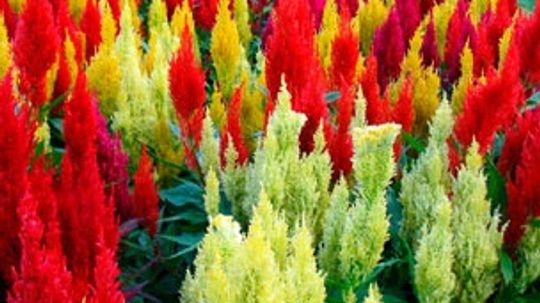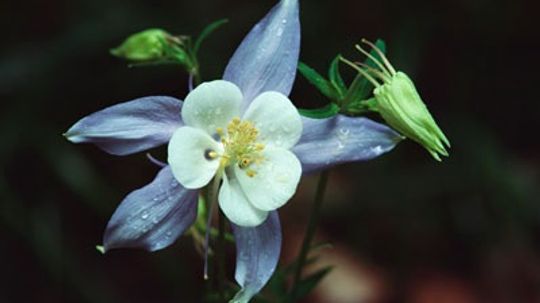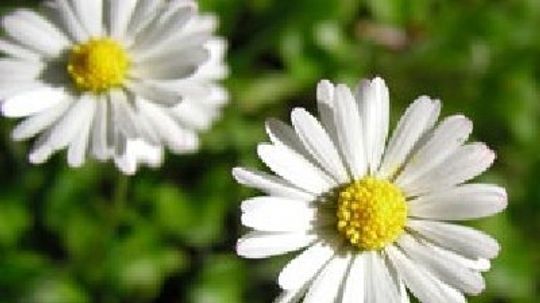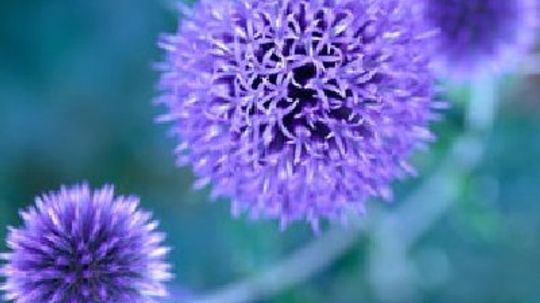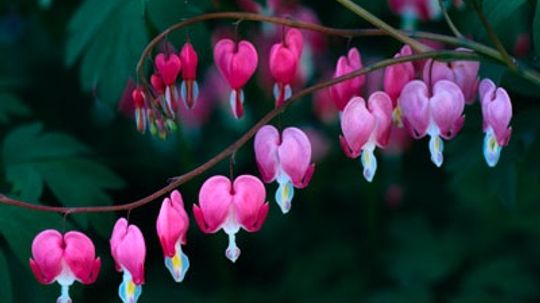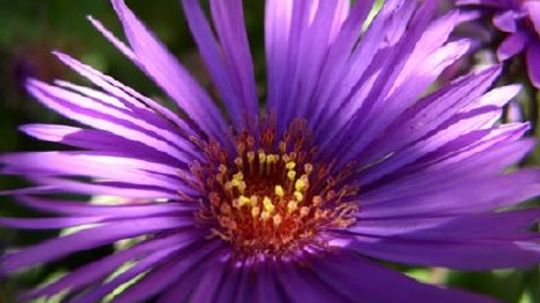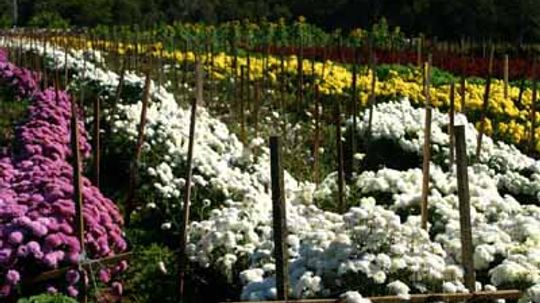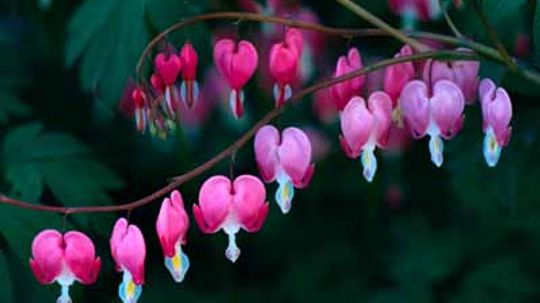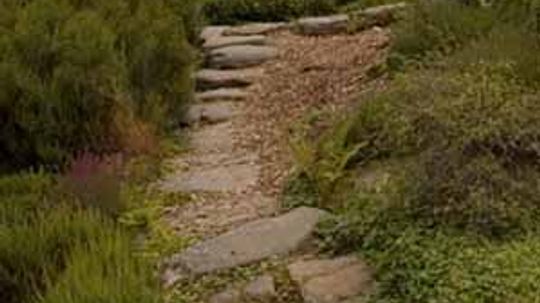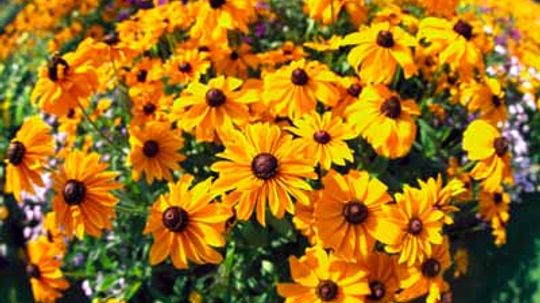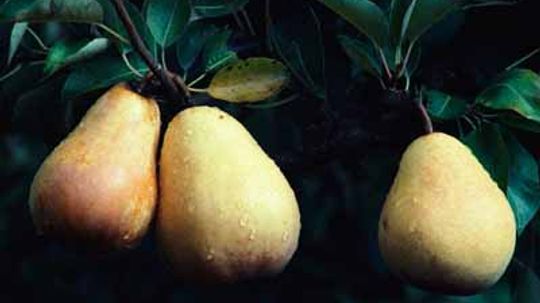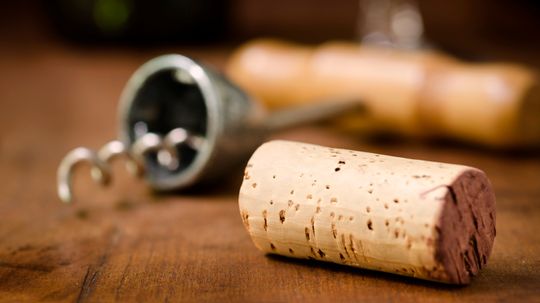Lawn and Garden
Yard and lawn care is an important part of maintaining a home. Learn about landscaping and get yard tips and advice from the experts at HowStuffWorks.
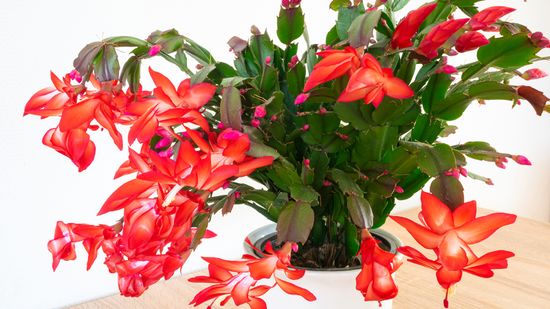
Christmas Cactus vs. Thanksgiving Cactus: What the Schlumbergera?
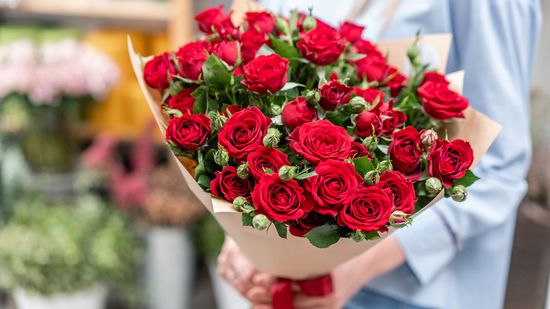
15 Types of Roses (Out of a Whopping 30,000)
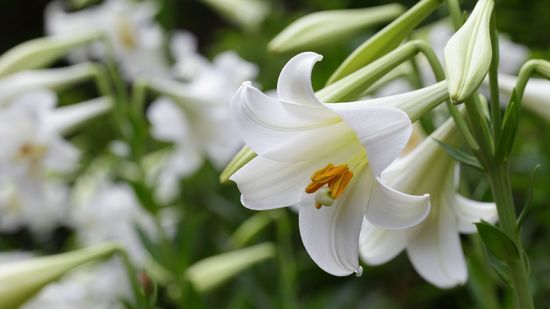
11 Types of Lilies Blooming in Gardens Around the World
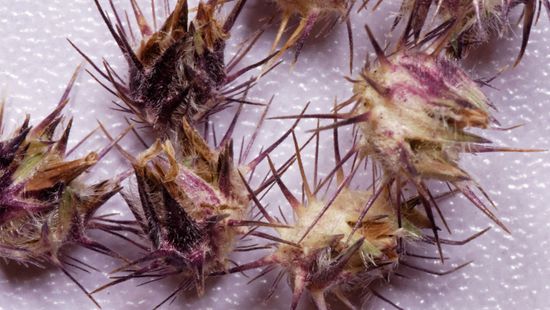
Sandspurs: The Spiky Scourge of Feet and Lawns
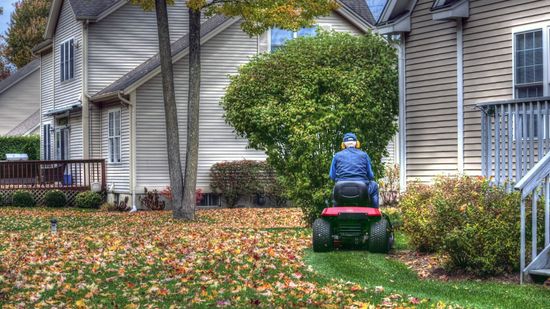
Why You Should Stop Raking Fall Leaves, Stat!

Is Artificial Turf the Lawn of the Future?
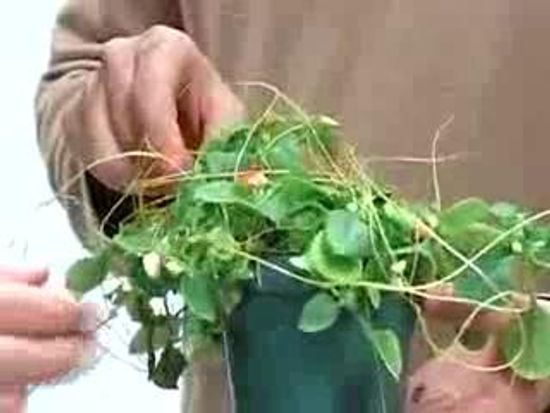
What time of day should you water your plants?
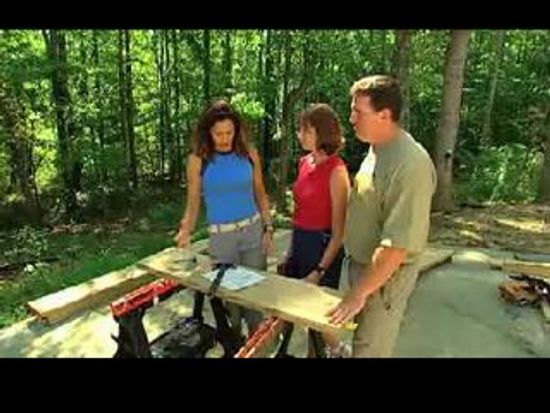
What types of stones work well in hardscape designs?

What is aquaponics?
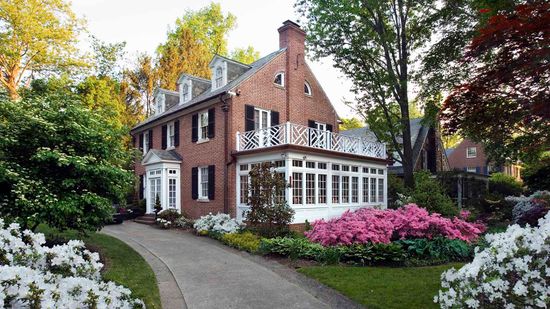
How Azaleas Became the Signature Flowers of the South
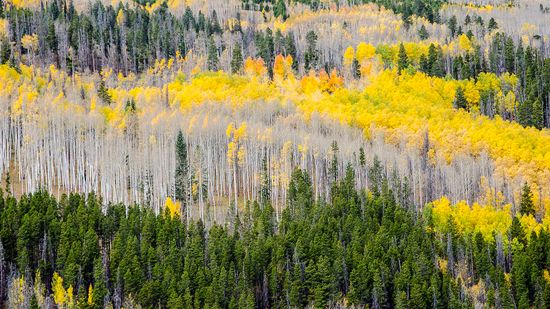
Why Evergreen Trees Don't Shed Their Needle-like Leaves
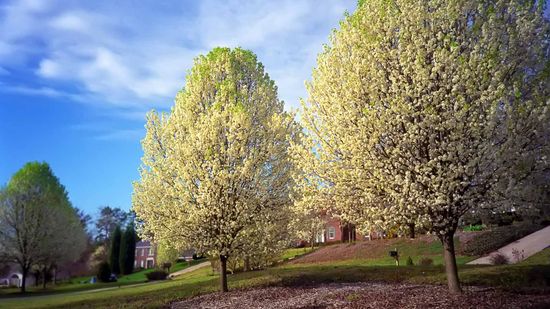
The Dreaded Bradford Pear Tree Smell Isn't Very Pear-Like
Learn More / Page 13
Pansies, and violas are annual flowers related to violets. These plants bloom during cool seasons of the year. In the Deep South, they are used for winter bedding. Learn about pansies and violas.
The Sunflower is an annual North American flower in many colors. Its tall flowers grow as high as 15 feet. Sunflower seeds are a treat for birds and people. Learn about the sunflower.
Herbs are useful for cooking, crafting, and decorating -- boldly coming out of the garden and into your home. Learn more about planting and growing perennial herbs such as lavender and rosemary.
Advertisement
Evergreen shrubs come in a variety of shapes and sizes, with many different types of foliage. Learn how evergreen shrubs such as heather can add year-round beauty to your garden.
Many flowering trees offer all-season interest. Learn about flowering trees, such as dogwood, crape myrtle, and southern magnolia, which add beauty to your landscape.
While all plants need water, too much water can drown your plants. There are several annuals, however, that will thrive in wet conditions. Learn which annuals can tolerate moist soil.
Annuals under 12 inches work well at the front of gardens and along borders, since they leave the taller plants behind them visible. Learn which annuals stay under 12 inches high.
Advertisement
Annuals come in many heights, and a few grow to over 24 inches. These plants can provide a dramatic touch to your garden. Learn which annuals are taller and grow to over 24 inches high.
One way to liven up a garden is by including colors that stand out. Learn how yellow to orange perennial flowers can brighten your yard, and which ones are right for your garden.
By Shane Wilson
While many flowers feature bright, vibrant colors, some gardeners prefer a subtler approach. Read about white to green perennial flowers, which have an airy appearance and blend in naturally with the green of most plants.
By Shane Wilson
Many gardens have spots that are shady at least part of the time. The areas that get a mix of light and shade are perfect for planting partial shade annuals. Learn which annuals to use.
Advertisement
When planning a garden, most people mix different annual varieties for diversity in color, texture, and height. Learn about the yellow to orange annual flowers you can use to spice up your garden.
By C. Colston Burrell
Annuals are primed to germinate quickly when conditions are right, grow speedily, and then make loads of flowers, fruits, roots, and seeds. Learn about red annual flowers to give your garden a touch of fire.
Perennial flowers bloom year after year, without the need to replant. Learn the best perennials to plant in your garden. Read about the different types of perennial flowers, and which ones are best for you.
By Shane Wilson
When planning a garden, the height of your flowers is an important consideration. Learn to use perennials 12-24 inches high, and find the knee-high plants that will best fit your vision for a home garden.
By Shane Wilson
Advertisement
Some gardens offer a quiet escape from the stimulation of modern life. These latter gardens use blue and purple to create a peaceful atmosphere. Learn how blue to purple perennial flowers cool down your garden.
By Shane Wilson
Many gardeners have shady spots in their yards. The areas that get a mix of light and shade are perfect for planting partial shade perennials. In this article, we'll describe great perennials for part shade.
Full sun perennials are flowers that need direct sun for at least six to eight hours a day. On this page, we list the full sun perennials by color and type to suit your garden.
Some plants need just a little bit more support than the rest, either because of heavy clusters of flowers, slender stems, or a combination of both. Learn about various staking techniques in this article.
By C. Colston Burrell
Advertisement
Good soil is the first step to a great garden. The loose, dark earth of the gardens seen on television doesn't usually just happen, however. Learn how to make the most out of your soil.
By C. Colston Burrell
Perennials are distinct from annuals in that they return year after year, eliminating the need to buy and plant flowers every spring. Perennials generally bloom only one or two seasons per year. Learn about perennials.
If you really want to make the most of your garden, you might also want to consider such plantings as ground covers. Find out how to design your landscape to grow ground covers beautifully.
Annuals are flowers that bloom the first year they are planted, often flowering just a couple of months after sowing. Biennials produce only greenery the first year. Learn about annuals and biennials.
Advertisement
With so many different kinds of fruit are available, it's hard to decide which to grow. We'll help your spring planting by giving you the gardening methods you need. Learn how to grow fruits.
We can find cork in just about any wine bottle. Have you ever wondered where the cork comes from and how is the cork made into a bottle stopper? Find out the answer to those questions in this article from HowStuffWorks.
